Where we work
The MCFA programme is supporting clean cooking market development in several Sub-Saharan countries.
The MCFA programme is supporting clean cooking market development in several Sub-Saharan countries.
The Modern Cooking Facility for Africa (MCFA) is supporting projects in seven Sub-Saharan African countries: the Democratic Republic of the Congo, Kenya, Malawi, Mozambique, Tanzania, Zambia and Zimbabwe.
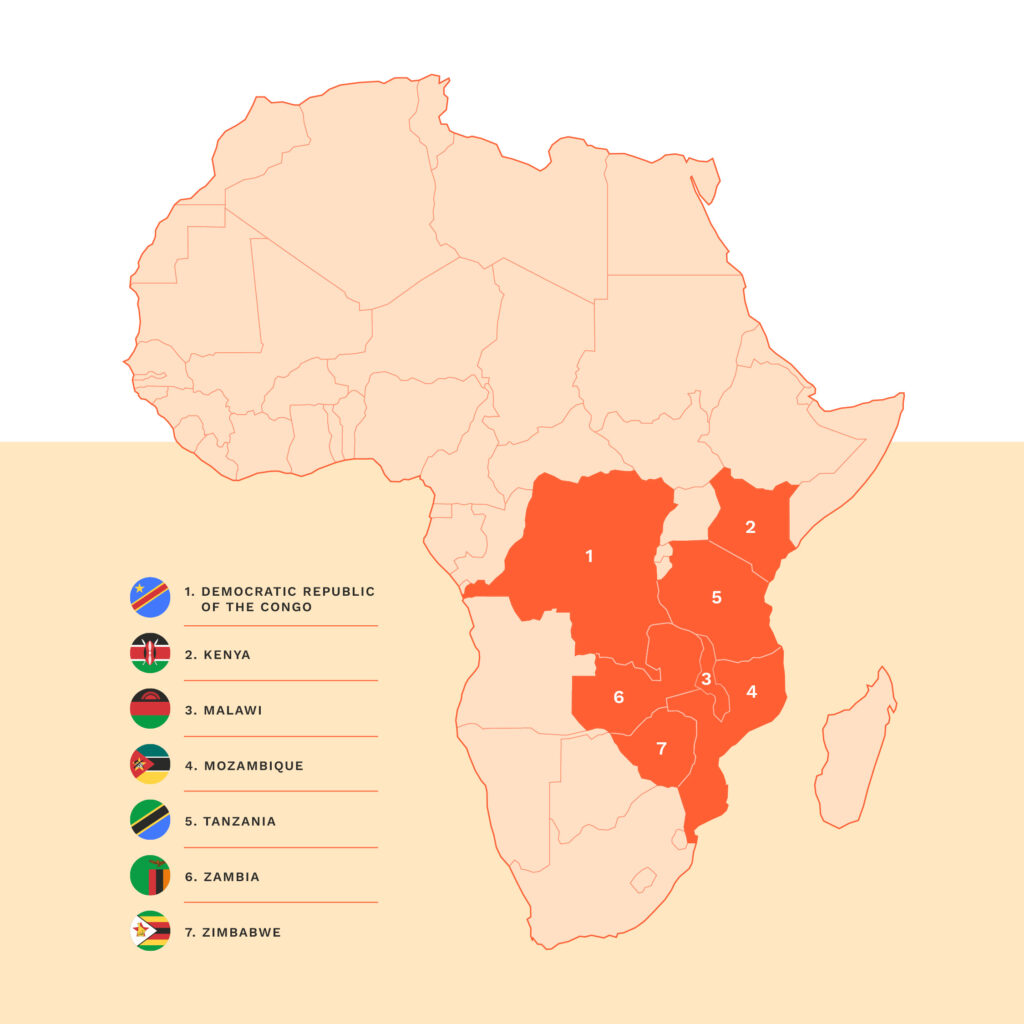
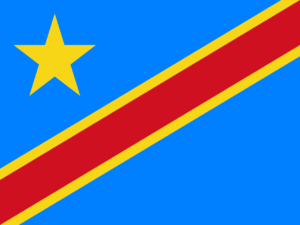
The Democratic Republic of the Congo (DRC), with a population of 94.7 million people, has high poverty levels, leading to over-reliance on traditional cooking technologies, which limits the potential of clean cooking service companies to scale up. Nearly 96% of DRC households use traditional charcoal and firewood stoves for cooking. In general, few customers can afford clean cooking solutions, but with the expected rise in national average household expenditure, more households could afford at least basic, lower tier cooking solutions such as improved cookstoves. The country lacks a clear clean cooking policy, but initiatives are available that support the government’s policy development, which MCFA hopes to support and contribute to.
The available MCFA financing for projects to be implemented in DRC is EUR 3.4 million.
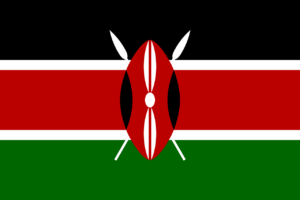
Kenya has a population of 53.8 million people and is the most advanced country when it comes to the development of a clean cooking sector among the MCFA-supported countries. Kenya has made significant progress in promoting clean cooking technologies and solutions, but it still struggles with limited uptake. Theoretically, 60% of Kenya’s population could afford cleaner cooking technologies, such as lower tier cookstoves. However, at national level, approx. 20% of the population has access to higher tier 3+ cooking technologies but there are significant differences between rural and urban areas. Some 53% of the urban population, compared to less than 5% of the rural population, can afford a clean cookstove.
The available MCFA financing for projects to be implemented in Kenya is EUR 3.4 million.
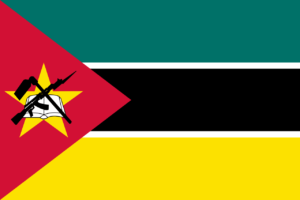
There is very low access to available clean cooking technology in Mozambique, with only 5% of the population of 31.3 million people having access to clean cooking solutions. Higher tier cooking technologies remain unaffordable for many households and even improved cookstoves are too expensive for 40% of the population, about 12 million people. Electricity is used in 17% of urban households while solar power is used in only 0.5% of urban households.
The available MCFA financing for projects to be implemented in Mozambique is EUR 3.4 million.
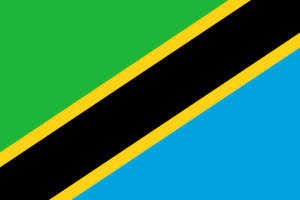
In Tanzania, with a population of 59.7 million people, there is very low access to clean cooking technologies. Only 4% of the population used clean cooking technologies in 2019, being one of the countries with the least developed clean cooking sector compared to the other MFCA Programme countries. Currently, the most common and affordable technologies in Tanzania are improved cookstoves and liquefied petroleum gas (LPG), being primary alternatives to charcoal and firewood. The government has introduced policies to impose VAT on charcoal use and eliminate the fuel levy on sustainable fuels, but Tanzania needs support to improve business growth in general as well as to develop a clean cooking sector.
The available MCFA financing for projects to be implemented in Tanzania is EUR 3.4 million.
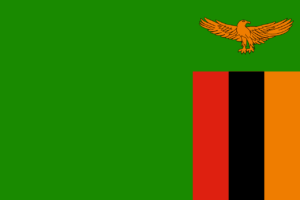
There are opportunities to increase access to modern cooking facilities in peri-urban and urban areas in Zambia, with a population of 18.4 million people. However, clean cooking solutions are not currently given sufficient attention in Zambia’s policy agenda and environmental and energy frameworks. Development partners are taking the lead in the sector, as unlicensed charcoal production remains a major source of employment. As of 2019, only 16% of the population had access to clean cooking solutions, driven by high electric cooking penetration relative to the rest of SSA. Traditional mud stoves, mbaulas, are used in many urban households. The factors limiting access to clean cooking services are affordability and awareness of the associated benefits. Charcoal remains a cheaper option to electricity and other cookstoves using sustainable fuels in the market.
The available MCFA financing for projects to be implemented in Zambia is EUR 13.8 million.
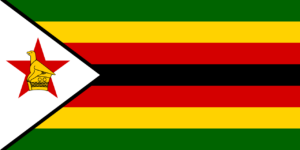
Zimbabwe, with a population of 14.9 million people, 30% has access to clean cooking stoves. The relatively high access is driven by high electric cooking compared to the other MCFA countries, especially in urban areas. Rural households rely almost entirely on traditional biomass fuels with households using charcoal and firewood for cooking.
The high inflation rate and on-going economic crisis risk access to clean cooking technology if prices, such as electricity and food prices, continue increasing and the number of people living in extreme poverty rises. The National Renewable Energy Policy authority addresses interest in supporting the development of clean cooking solutions, including solar and biogas, in the country.
The available MCFA financing for projects to be implemented in Zimbabwe is EUR 3.4 million.